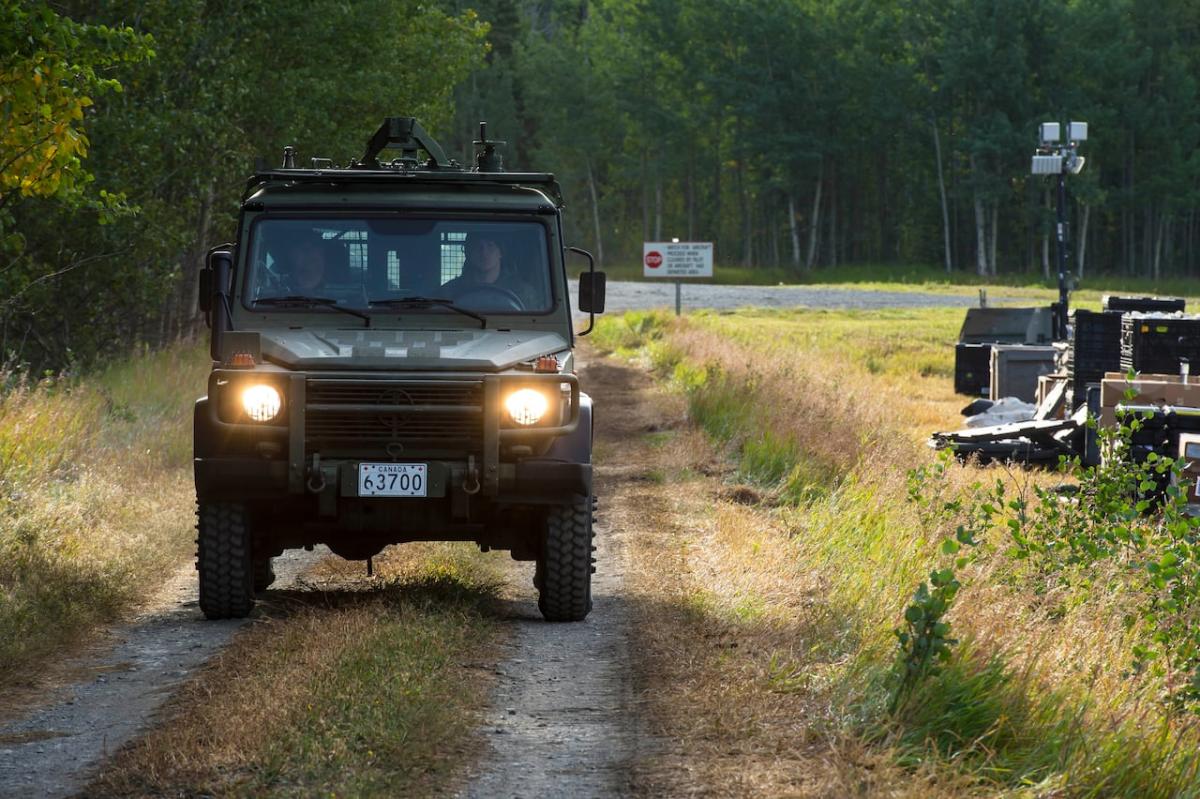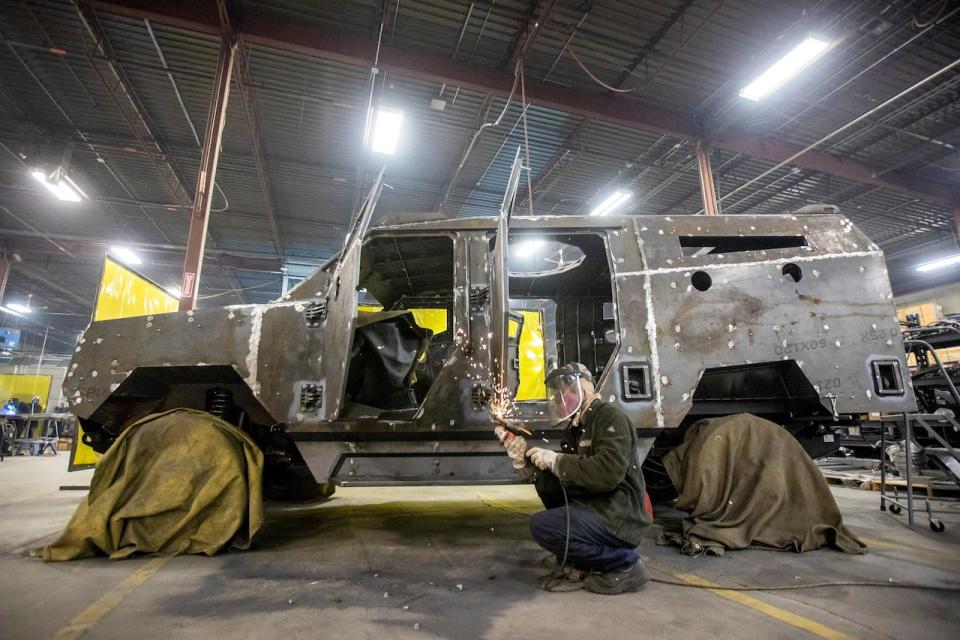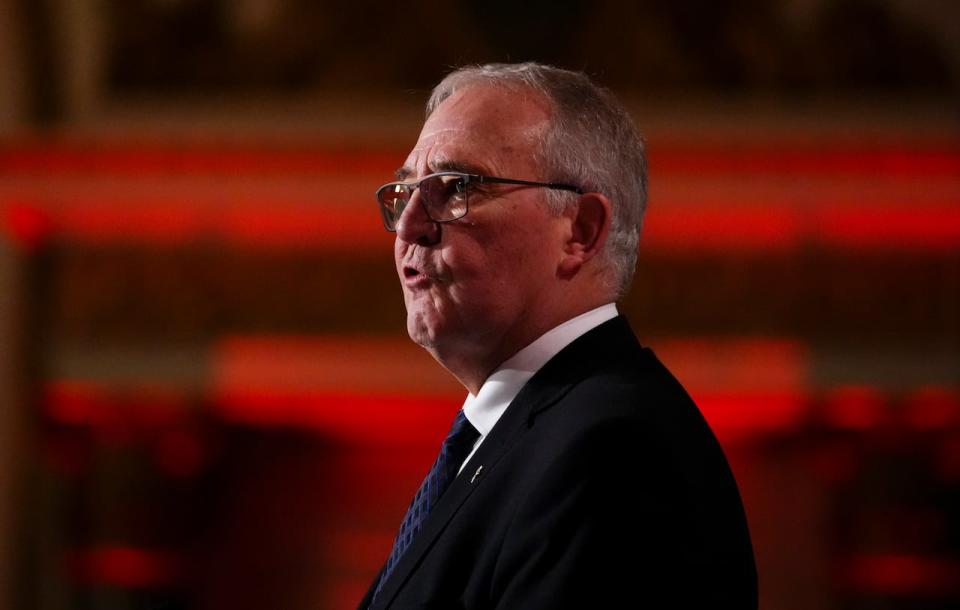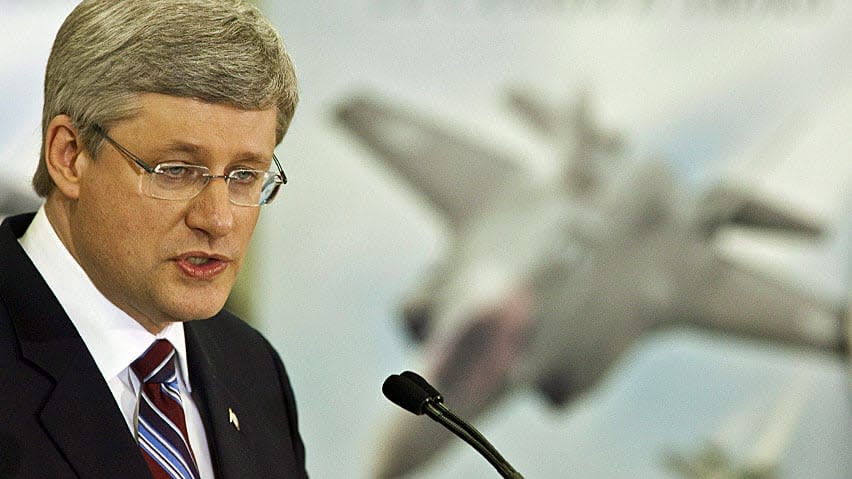


Despite facing heavy pressure to ramp up military spending, the Department of National Defence (DND) has slow-rolled one of the least complex of its vehicle replacement programs.
The light utility vehicle program has been on the books for several years. Its purpose is to update the military’s fleet of two-decade-old Afghan war-era Mercedes G-Wagons and civilian-grade utility vehicles, such as pickups and SUVs.
Under the original plan, the terms for the purchase of more than 1,600 vehicles were supposed to be set by this year, putting the program on the road toward a signed contract.
But DND recently told CBC News that it has decided to split the program into two phases — beginning with the acquisition next year of commercial off-the-shelf vehicles, and leaving the purchase of lightly armoured vehicles to later years.
More significantly, the estimated cost of the program has risen to somewhere between $750 million and $1 billion, from an initial projection of $499 million.
The light utility vehicle program isn’t as high-tech as some other military procurement projects — but it’s still a perfect example of how a procurement system petrified of making mistakes can take a very long time to get anything done, said Steve Saideman, a defence expert at Carleton University.
“We’d rather have no corruption and slow purchases rather than [moving] fast and [accepting] more risk of making mistakes,” he said.
Canada has been criticized repeatedly by its allies over the slow pace of its defence investments. At the recent NATO Summit in Washington, Prime Minister Justin Trudeau acknowledged it would take until 2032 for Canada to meet the alliance’s military spending benchmark of two per cent of gross domestic product.
There are four qualified bidders for the light utility vehicle contract — Roshel, Armatec, Oshkosh Defence and GM Defence — each with proven track records.
Roshel’s Senator armoured cars have become the preferred choice of the embattled Ukrainian military, while Oshkosh Defence has extensive experience in manufacturing four-by-four mine-resistant ambush patrol cars used in Afghanistan and Iraq.

A welder works on a Senator APC at the Roshel plant in Mississauga, Ont. on January 19, 2023. (Carlos Osorio/Reuters)
The program remains mired in what DND calls the “options analysis” phase — a step the department, in a media statement, defended as necessary to ensure “that these new vehicles will meet the needs of the CAF, while providing the best value to Canadians and maximizing industry competition.”
DND said that in the first phase of the program, it intends to buy 424 off-the-shelf trucks through what’s known as individual standing offers, at a total cost of roughly $45 million. But it will be next year before the the department goes truck shopping.
The second phase won’t get underway until the fall of next year, when the federal government solicits offers through a request for proposals to replace the lightly armoured G-Wagons.
“Delivery of the vehicles under the second phase of the project is expected to begin in 2030,” DND said in its statement. “As with any procurement project, these dates are tentative and subject to change.”
If that timeline holds, a fairly straightforward procurement program — first proposed in the 2017 defence policy document — will end up taking 13 years to complete.


Defence Minister Bill Blair said he can’t think of ‘any circumstances where it should take years to go out and buy a commercial truck.’ (Sean Kilpatrick/The Canadian Press)
Defence Minister Bill Blair said a certain amount of due diligence must go into any government purchase, but there’s a limit when it comes to less complex purchases.
“I can’t think of any circumstances where it should take years to go out and buy a commercial truck, because most companies and most Canadians can do it in a matter of days,” Blair said.
Saideman, Paterson Chair in International Affairs at Carleton, said what we’re witnessing is a reaction to years of political controversies over defence procurement — a reaction that added layers of oversight to fairly simple purchases.
Bureaucrats “do the options analysis because they also don’t trust their military to give them the right requirements,” he said. “The military games the requirements because, guess what? The military has gamed the requirements in the past.”


Prime Minister Stephen Harper speaks after a tour of F-35 fighter jet contractor Virtek Vision International in Waterloo, Ont. on Friday, March 11, 2011. (Geoff Robins/Canadian Press)
Saideman was referring to the controversies over the Harper government’s stalled attempts to buy the F-35 stealth fighter and replace the air force’s fixed-wing search and rescue planes. In both cases, the air force was accused of favouring one aircraft over another and manipulating the requirements to get the equipment they wanted.
“So, you know, they add layers, layers of oversight and monitoring,” Saideman said.
Another factor, he said, is the tendency of defence contractors who’ve lost competitions to sue the federal government, claiming that the process was unfair or biased.
“Whenever there is any procurement, somebody’s got to win and somebody’s going to sue, right?”
On several occasions and through three election campaigns, the Liberal government has promised to fix defence procurement. In each instance, the proposals have languished.
Blair said he is working on procurement reform.
“One of the things that is a source of frustration for the [Canadian Armed Forces], for DND, for the Government of Canada and certainly for the minister of defence, is that our procurement processes have many, many layers, which does not always enable us to achieve the result as rapidly as we need to achieve the result,” he said.